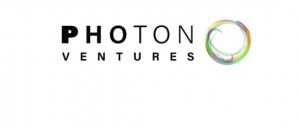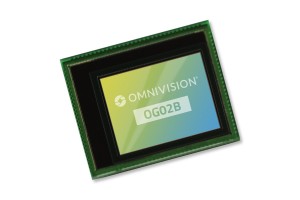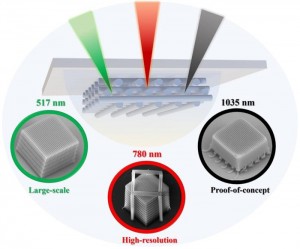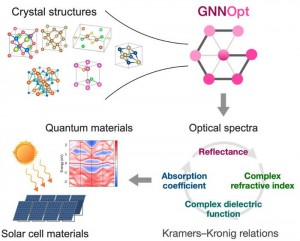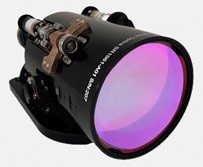
In what could be a promising step towards the practical integration of graphene oxide into future technologies, researchers at Binghamton University, New York (US), have developed an environmentally friendly process for spatially controlling the electrical properties of the two-dimensional nanomaterial.
Binghamton’s approach could revolutionize flexible electronics, solar cells and other next-generation technologies, because the novel method for manipulating the properties of graphene oxide can be implemented under ambient conditions and is benign from an environmental perspective.
Simple production and processing and highly tunable properties count among graphene oxide’s advantages over its more buzzed-about cousin graphene, whose discovery was awarded with the 2010 Nobel Prize in Physics.
Using the probe of an atomic force microscope to trigger a local chemical reaction, Jeffrey Mativetsky, assistant professor of physics at Binghamton, and his colleagues showed that electrically conductive features as small as four nanometers can be patterned into individual graphene oxide sheets. “By removing oxygen atoms from graphene oxide through a process called reduction, the insulating 2D material can be rendered highly conductive,” he says.
“Graphene oxide reduction is normally performed by using toxic reagents or by using high temperatures in an inert environment,” Mativetsky explains. “In our case, reduction is achieved under ambient conditions, through the application of a voltage.”
The Binghamton team has shown on the lab scale that they can selectively reduce very small regions, as small as four nanometers across. “This is among the first studies to explore the spatial resolution limits and mechanisms of voltage-based reduction,” Mativetsky says. “So far, this approach has produced the highest spatial resolution of any graphene oxide reduction method.”
Voltage-induced reduction could become a pathway to large-scale, environmentally benign patterning of graphene oxide. “Reduced graphene oxide holds promise for use as a flexible and transparent electrode or hole transport material in organic devices,” Mativetsky says.
The online paper "Nanoscale Reduction of Graphene Oxide under Ambient Conditions" will be published in print in the December issue of Carbon.
Written by Sandra Henderson, Research Editor Novus Light Technologies Today









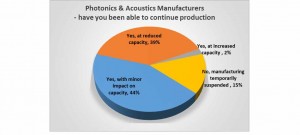






















 Back to Features
Back to Features













